Spine surgery that preserves normal tissue as it is The philosophy of Wooridul Spine Hospital is ‘minimal incision’ and ‘causal treatment’. We are doing our best to help patients to recover fast, return to daily life quickly, and prevent complication and after-effects by performing minimally invasive spine surgery and procedures that preserve normal tissues as much as possible. And we believe it leads to better lives for our patients.

Leading the global spine paradigm in ‘endoscopic disc surgery’! In the early 1990s, Wooridul Spine Hospital was established a new ‘endoscopic laser spine treatment’ combining laser with the existing endoscopic procedures, and opened the new era of minimal-incision spine surgery. For 40 years, we have devoted ourselves only to the field of spine treatment, researching and developing various methods of minimal-incision spinal treatments, including endoscopic disc surgery. Today, Wooridul Spine Hospital became a world-class spine hospital and is leading the global paradigm of the spine treatment by putting ‘endoscopic disc surgery’ in the category of standard surgery.
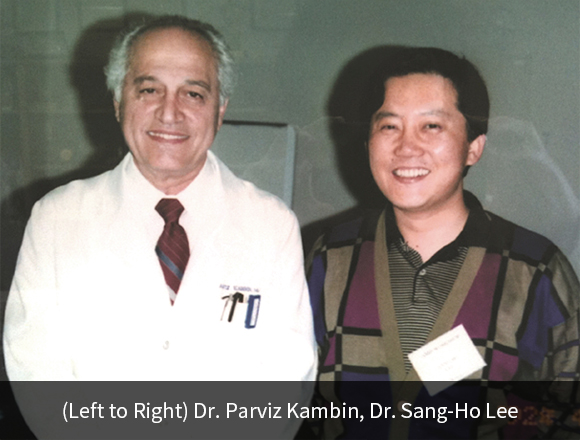
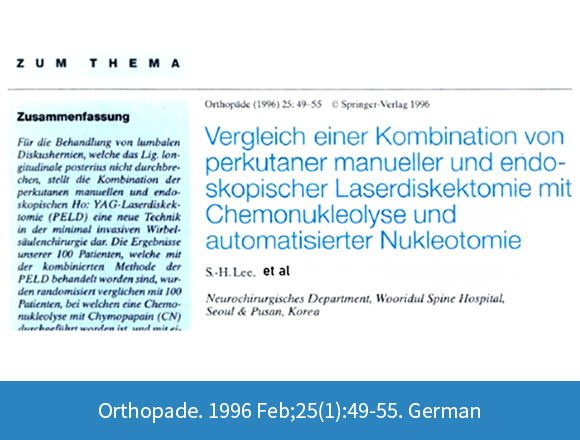
The U.S. government recognizes the effectiveness and safety of the endoscopic laser disc procedure and certifies it as a standard treatment!
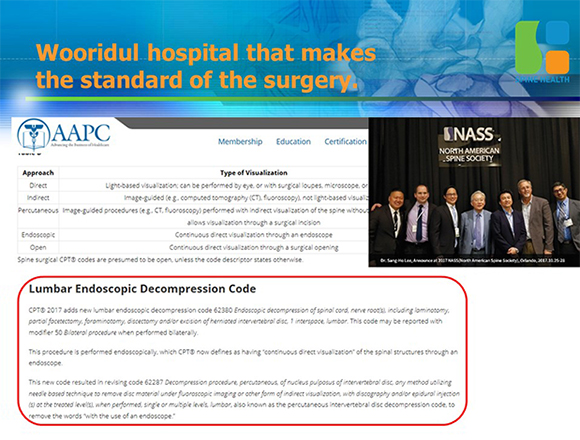
U.S. adds medical insurance code for endoscopic decompression surgery in 2017.

“In fact, I'm already a well-known endoscopic spinal surgeon in the United States. However, compared to endoscopic technique of Wooridul Spine Hospital in Korea, the endoscopic procedure in the U.S. is in its infancy.”
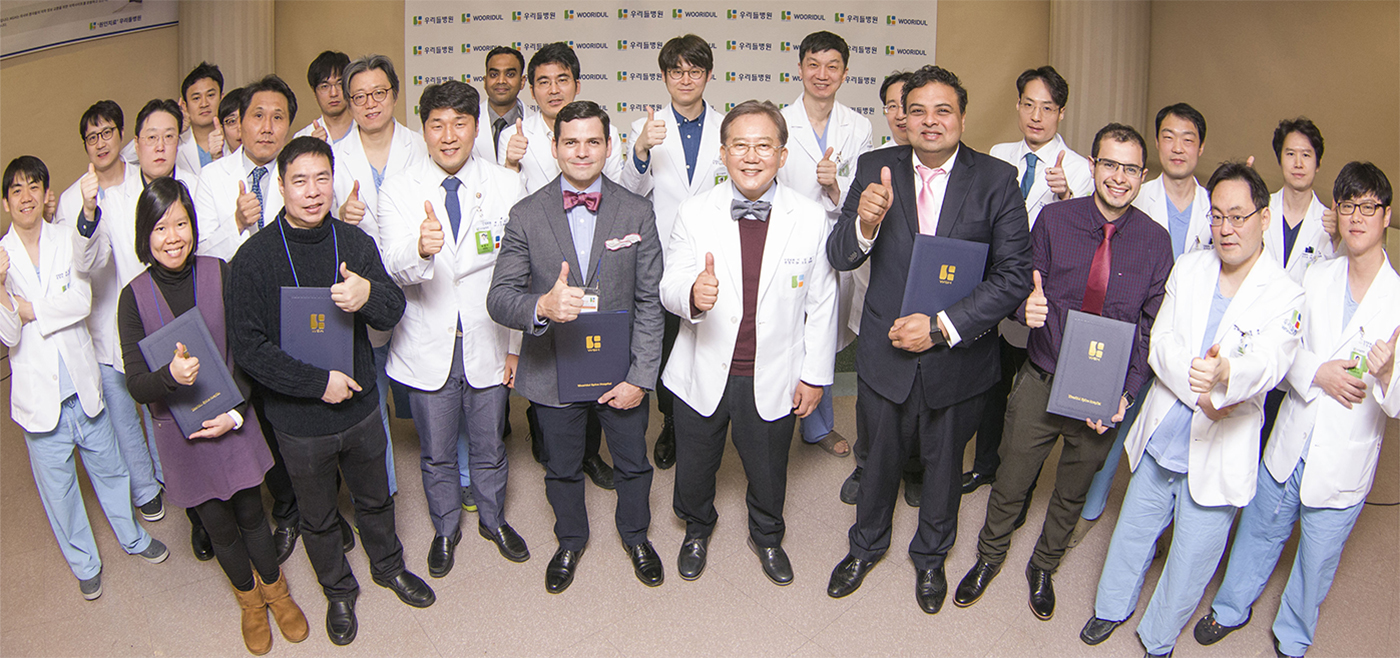
How can I make my patients stand, walk, and run again with less painful, less bleeding and minimal incision surgery?
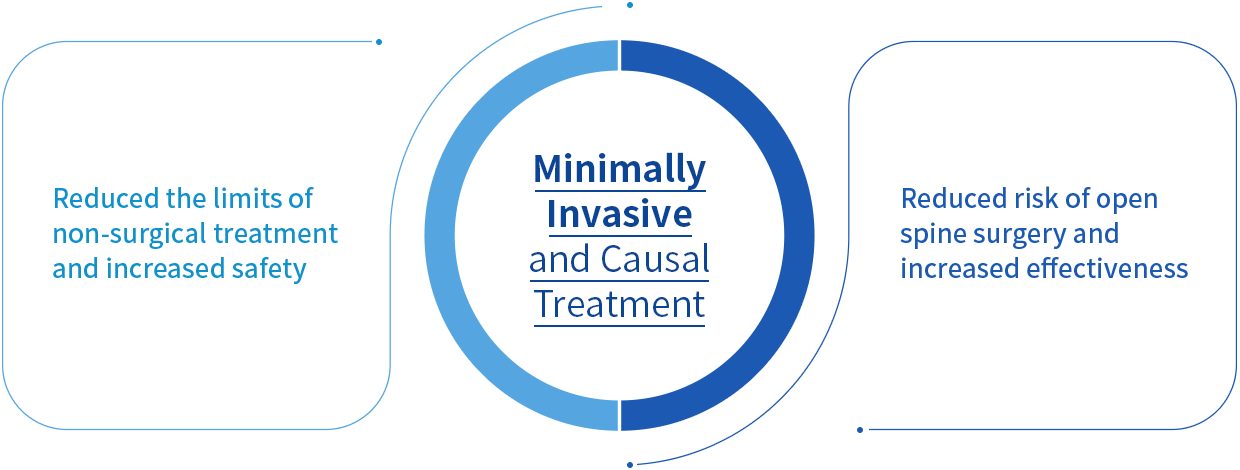
Minimally Invasive Spine Treatment maximizes the effectiveness by concisely treating the lesions only while minimizing damage to the healthy tissues of your body.
| 1st Generation | 2nd Generation | 3rd Generation | |
|---|---|---|---|
| Laser | Nd-YAG Laser KTP Laser |
Holmium:YAG Laser | Holmium:YAG Laser with saline irrigation |
| Direct Visualization of Posterior Annulus | Impossible | Partially possible | Possible to verify annulus, spinal canal, and nerve |
| Surgery Success Rate | Low | About 85% | About 95% |
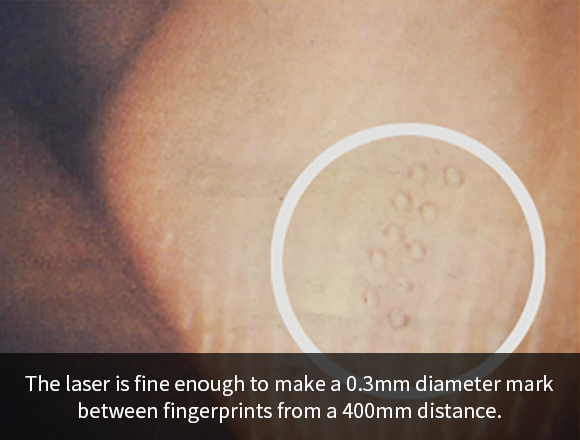
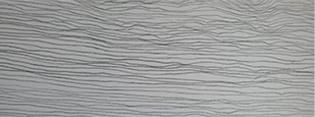
The endoscopic disc procedure approaches along the grain of the annulus fibrosus and the hole is immediately blocked after the procedure.
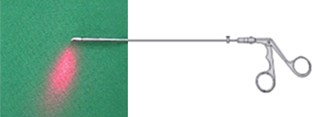
The Holmium:YAG Laser is being fired at 90 degrees from the surgical instrument

The research results of 10,228 percutaneous endoscopic lumbar discectomy cases performed at Wooridul Spine Hospital (between Jan 2001 and Dec 2012) were published in 'Neurosurgery', one of the world-renowned SCI-level international academic journals, in 2015. According to the clinical analysis of the paper, success rate of endoscopic treatment at Wooridul Spine Hospital was 96% and only 436 (4.3%) cases recurred or changed to open surgery.
